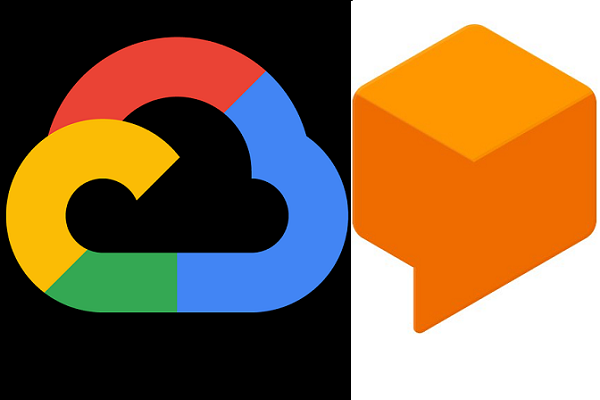Google Launches New Dialogflow Customer Experience in Beta
 Google is beta-testing a new version of its Dialogflow natural language understanding (NLU) platform. The new Dialogflow Customer Experience (CX) platform is aimed at building artificial intelligence agents for enterprise-level projects at a larger and more complex scale than the standard variety.
Google is beta-testing a new version of its Dialogflow natural language understanding (NLU) platform. The new Dialogflow Customer Experience (CX) platform is aimed at building artificial intelligence agents for enterprise-level projects at a larger and more complex scale than the standard variety.
Dialogflow CX
Google has offered Dialogflow as a tool for building text and voice-based AI agents usable for mobile apps, websites, and Google Assistant Actions. A user can speak to the virtual agent naturally, and it will process the information and respond appropriately based on the programming. Dialogflow CX adds another tier of ability to Google’s existing virtual agents, with superior conversational control, but broadly similar purposes, according to Google. The CX version, however, can handle multiple conversation topics at once, responding to a user with follow-up questions to fill-in details as needed.
“Dialogflow CX provides a new way of designing agents, taking a state machine approach to agent design,” Google explained in the documentation for CX. “This gives you clear and explicit control over a conversation, a better end-user experience, and a better development workflow.”
Dialogflow CX manages to dial up the functions of Google’s virtual agents while keeping the costs roughly the same. The difference there is that CX is only available in larger batches of virtual agents, useful for bigger, enterprise-level businesses, while the original version is best suited for smaller organizations. As Dialogflow CX is still in beta, it lacks all of the standard version’s features. The agents can only speak English and don’t offer integrations or the option to import data training, but the platform will likely add these abilities, among others, when the complete product is released.
Upgrades and Breakdowns
The growth of virtual agents to interact with customers on behalf of businesses has spurred further expansion and enhancement of Dialogflow, such as the option to connect customers to virtual agents by telephone. In February, Google rolled out a beta of the Dialogflow Mega Agent as a way to extend the kinds of responses, known as intents, a virtual agent could give ten-fold, from 2,000 to 20,000. The point of that upgrade was to make a single virtual agent flexible enough to handle a wide variety of situations. But, while Dialogflow has proven very popular, it has faced technical challenges that it will have to convince clients won’t be an issue in the future. A couple of weeks ago, many Google Assistant Actions that rely on Dialogflow stopped working for about a day. The culprit appeared to be Dialogflow becoming unable to save contextual information during user interactions.
Though the problem was resolved, it’s easy to imagine difficulties like that magnified at the enterprise scale. And it’s not as though Google is without competition. Microsoft’s Power Virtual Agents, Nuance’s conversational artificial intelligence software, and the virtual agents built by Inference Solutions are just a few of the options, with pros and cons for each. The final version of Dialogflow CX will need to bring both stability and flexibility to the table to entice developers at that level.
Follow @voicebotai Follow @erichschwartz
Microsoft Adds New Language Options to Power Virtual Agents Platform
Google Dialogflow-Powered Virtual Agents are Now Only a Phone Call Away








